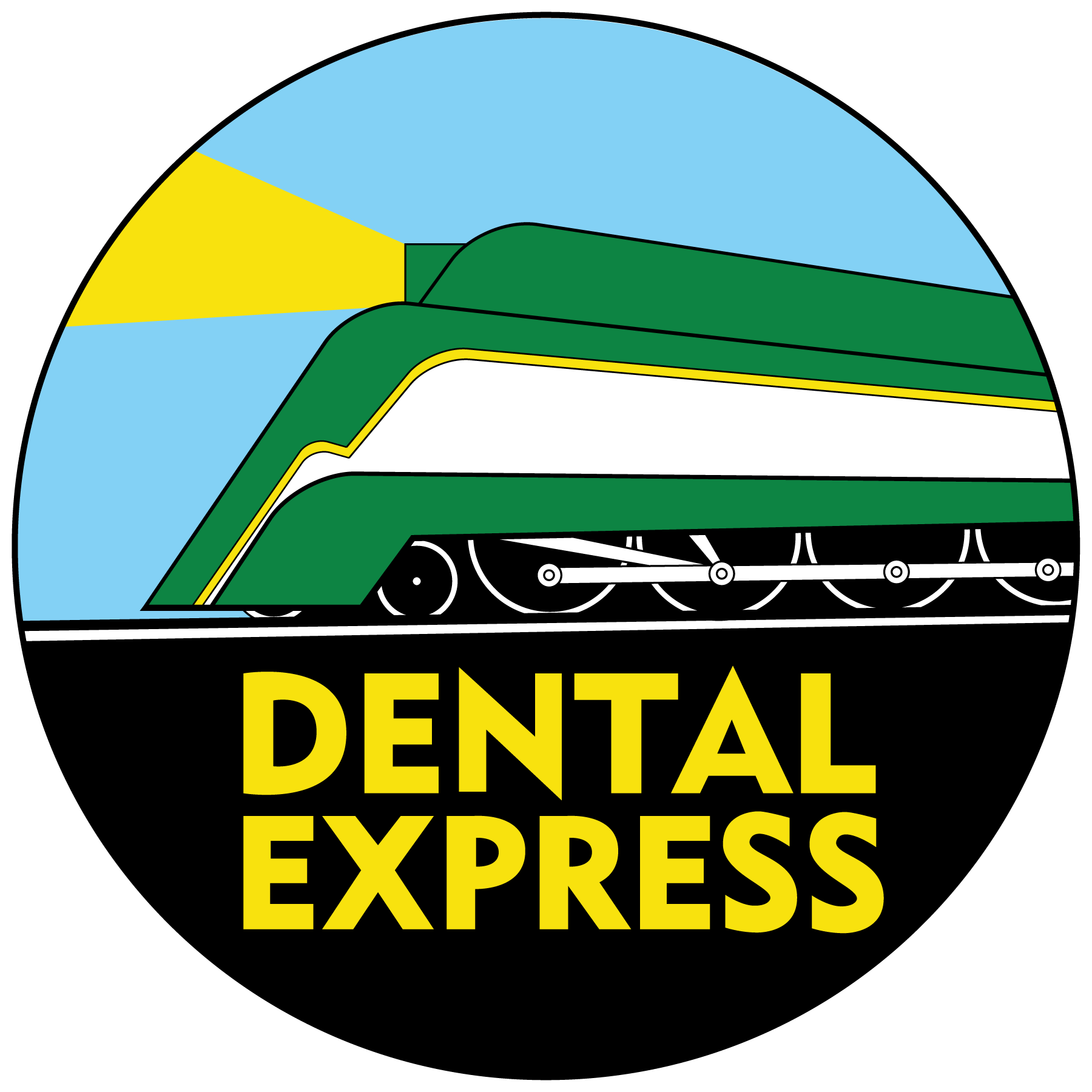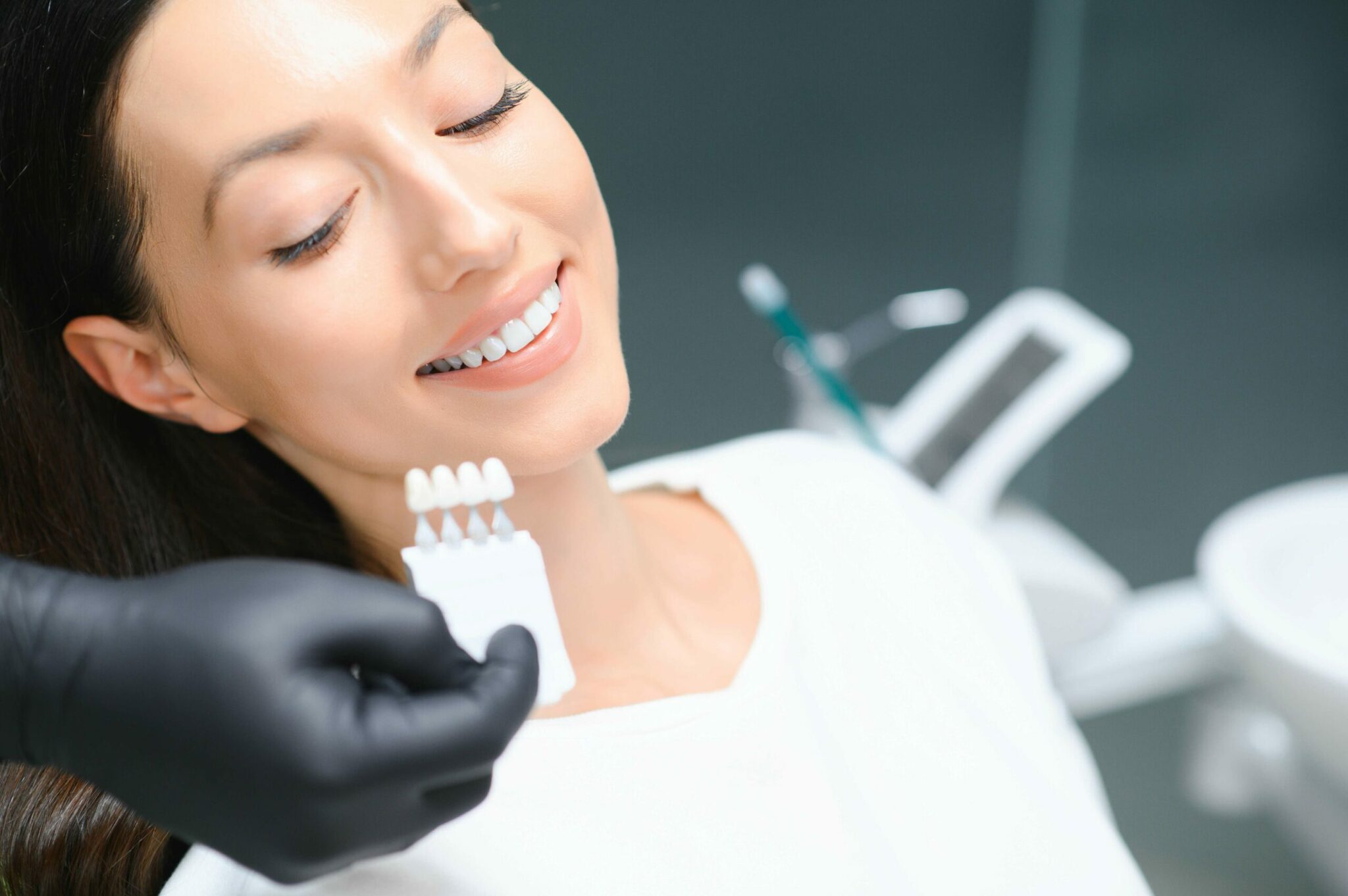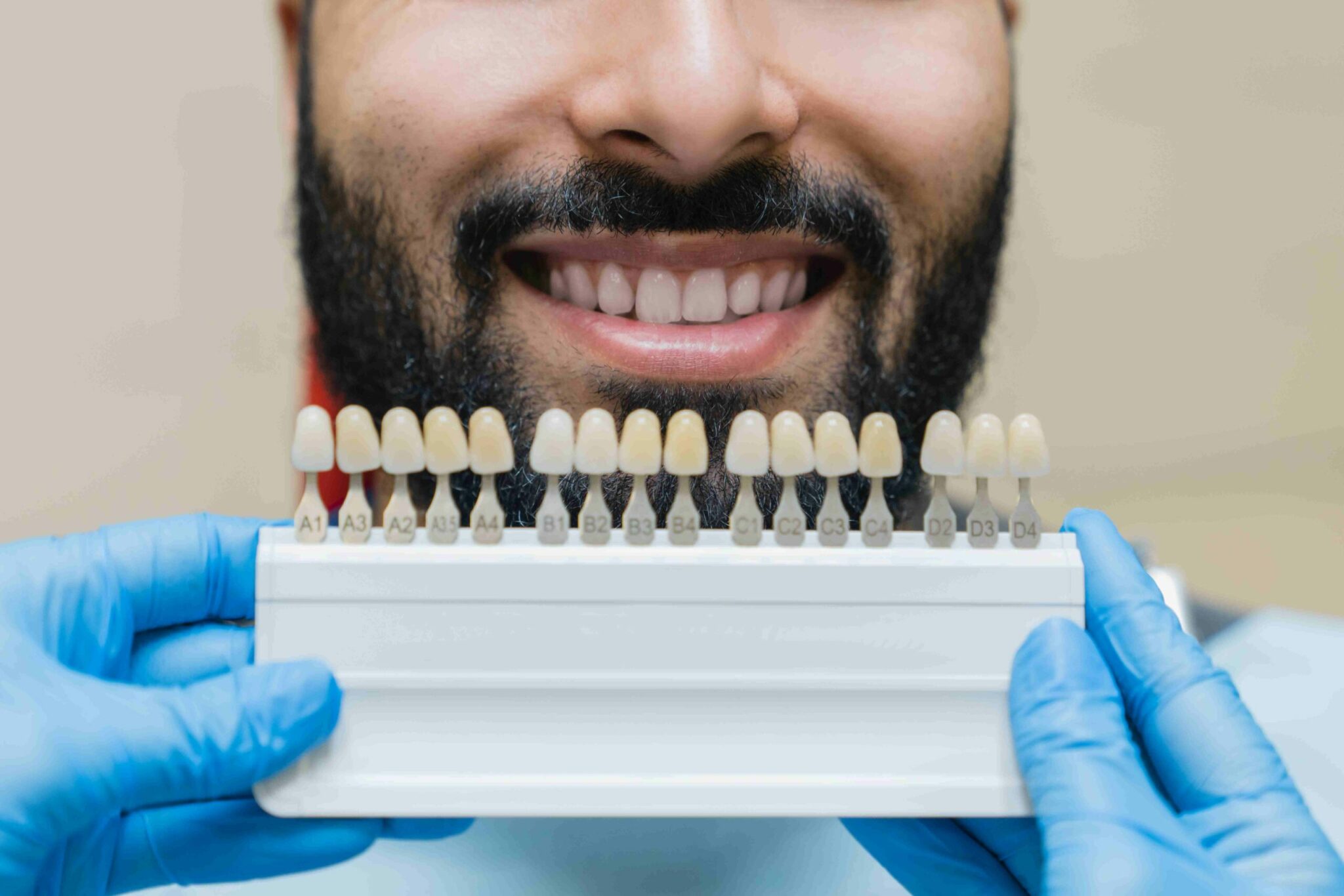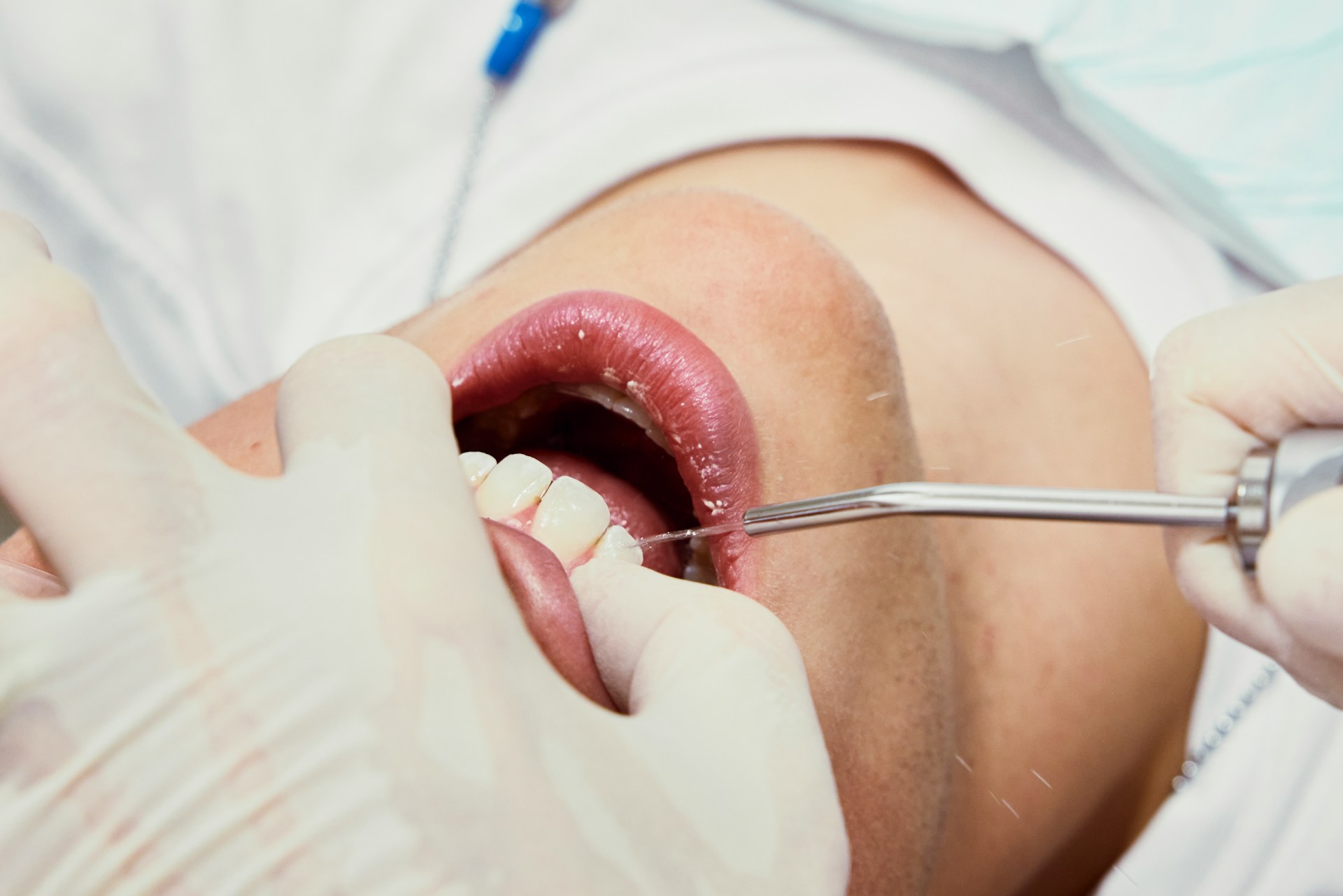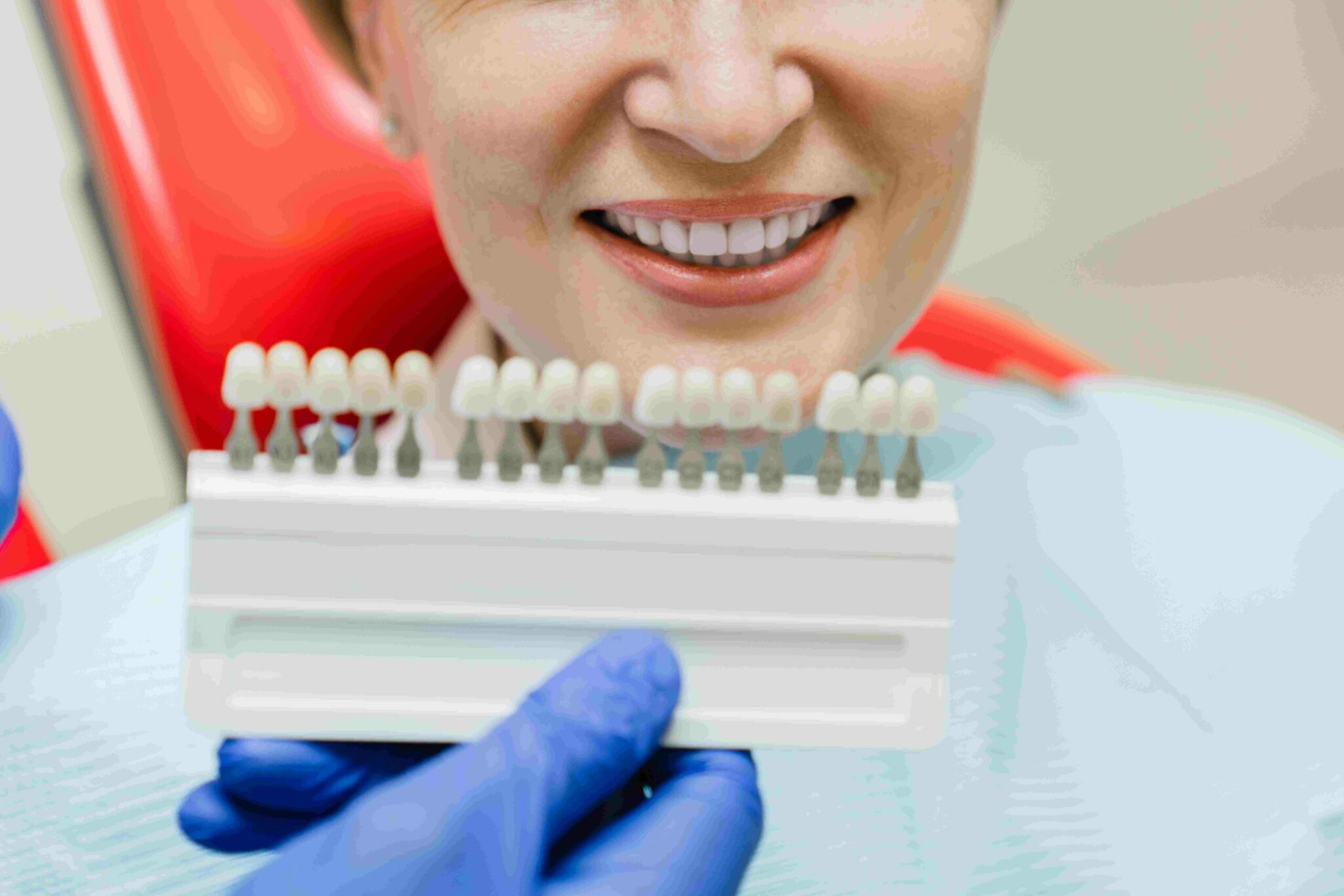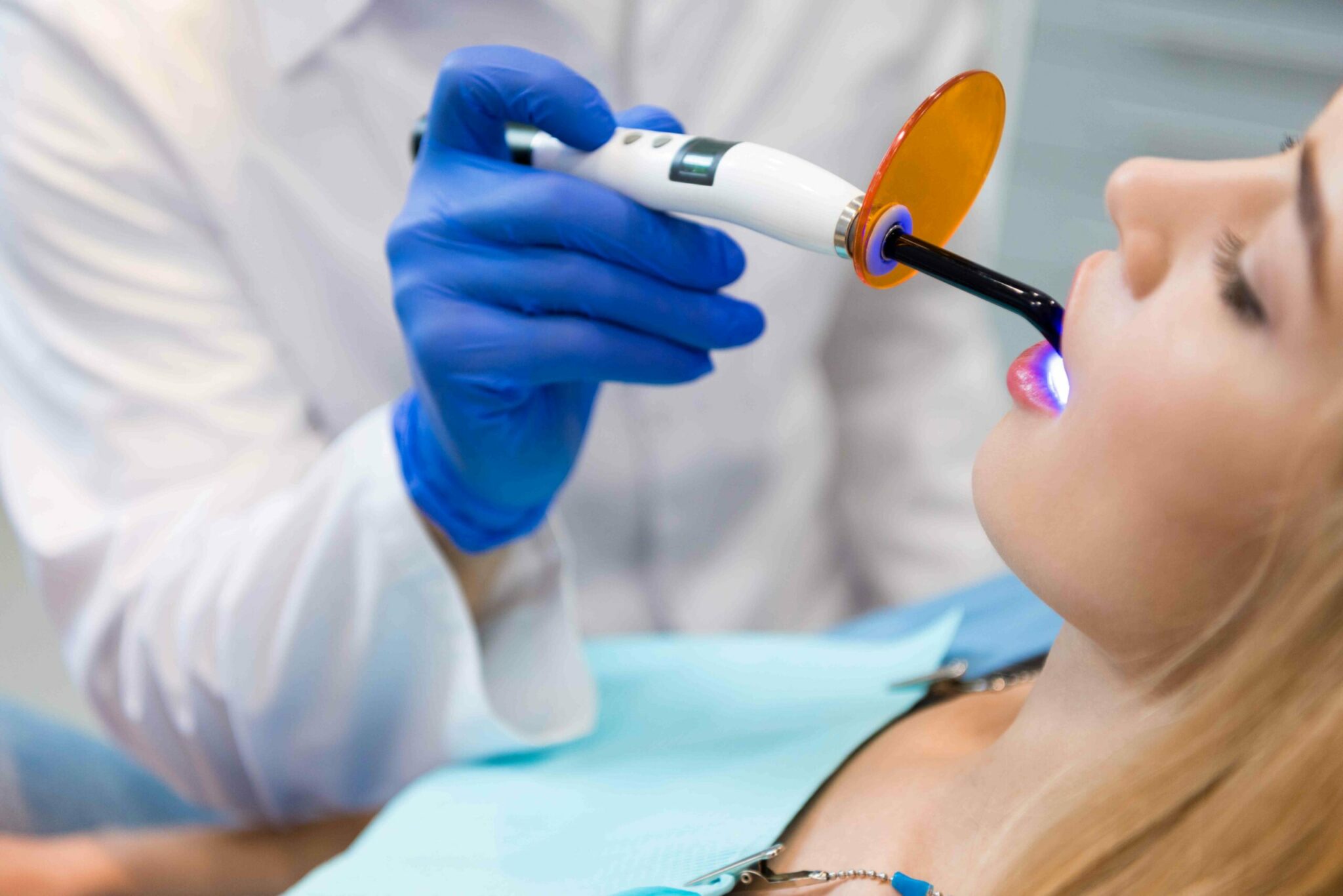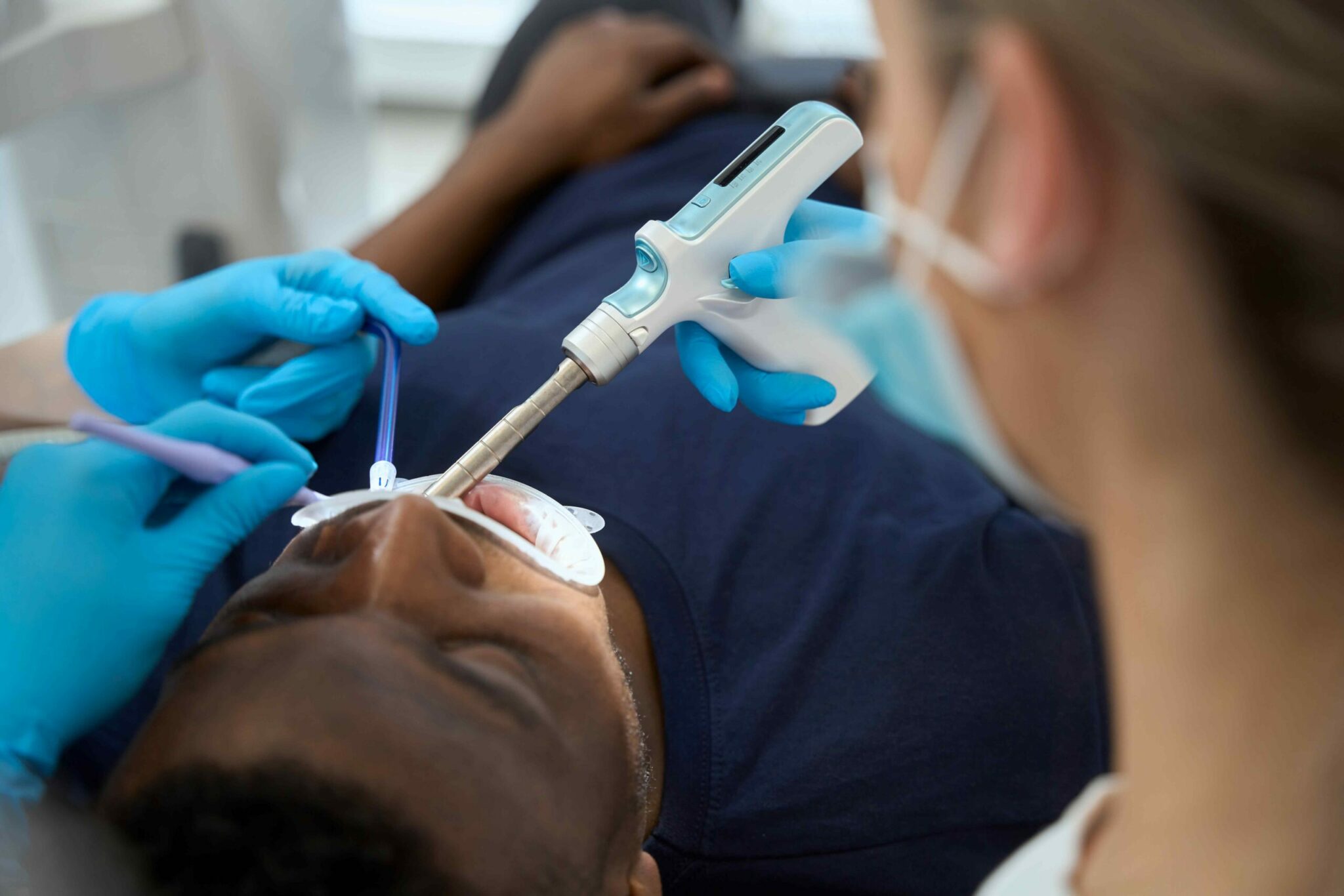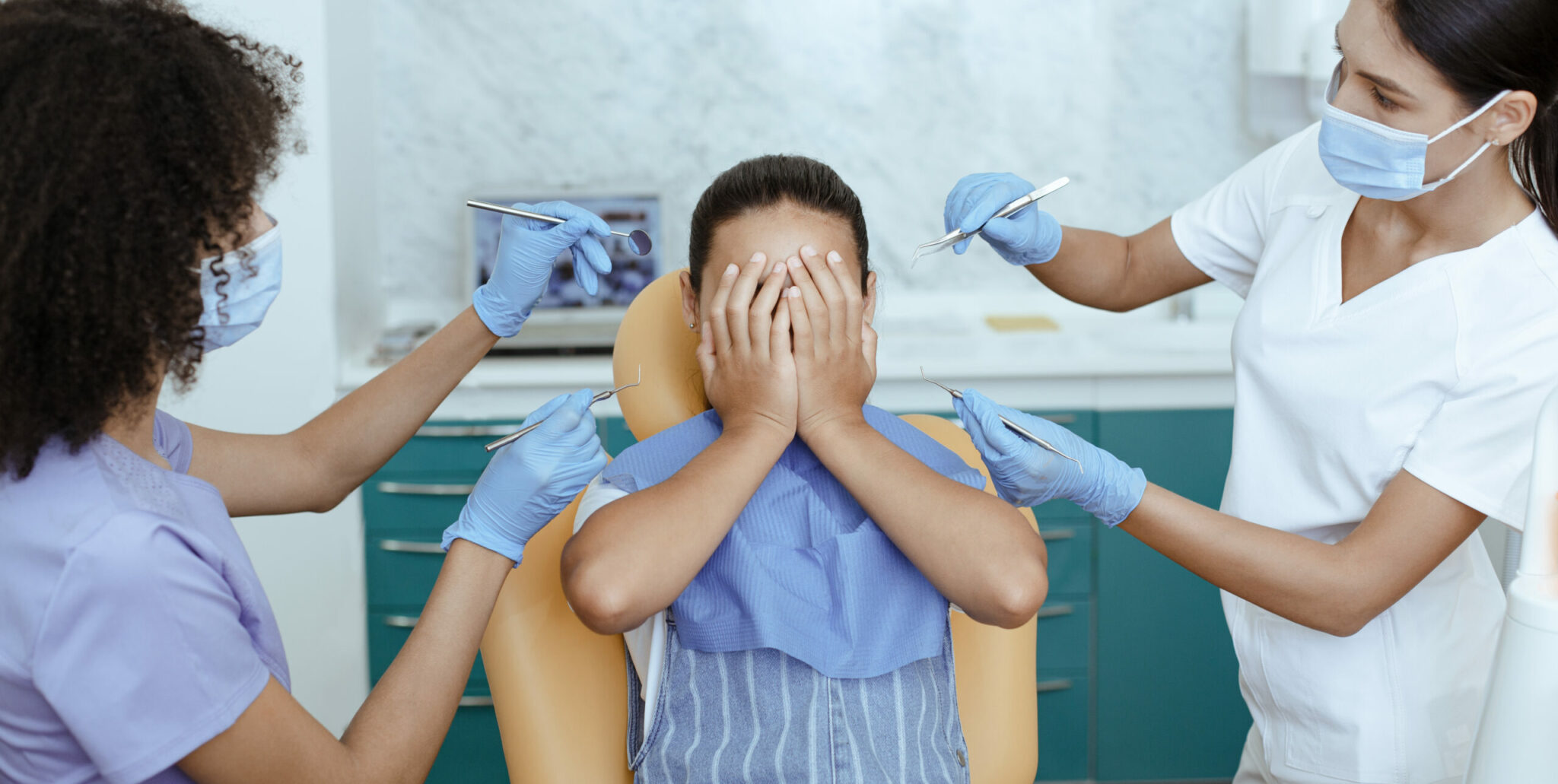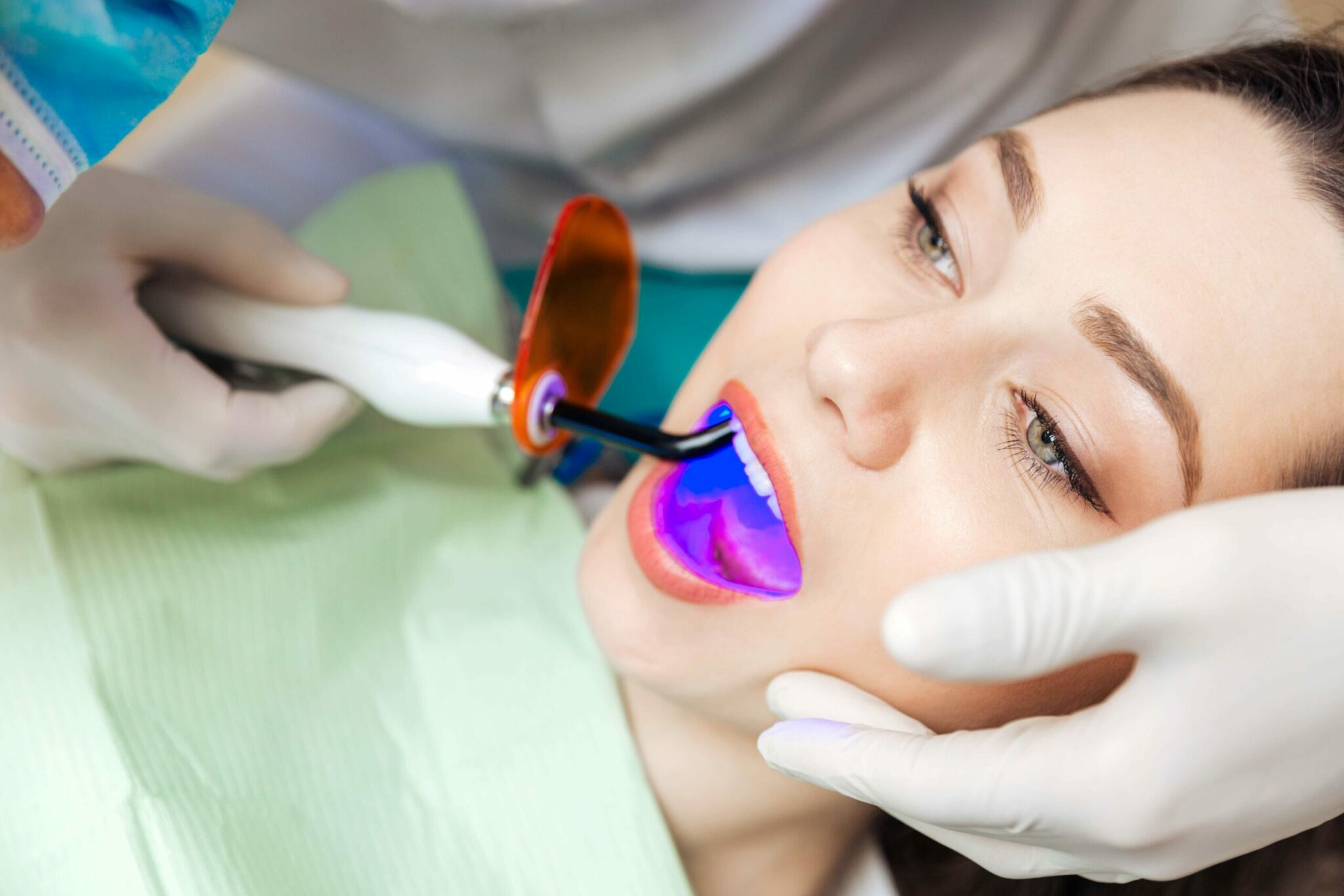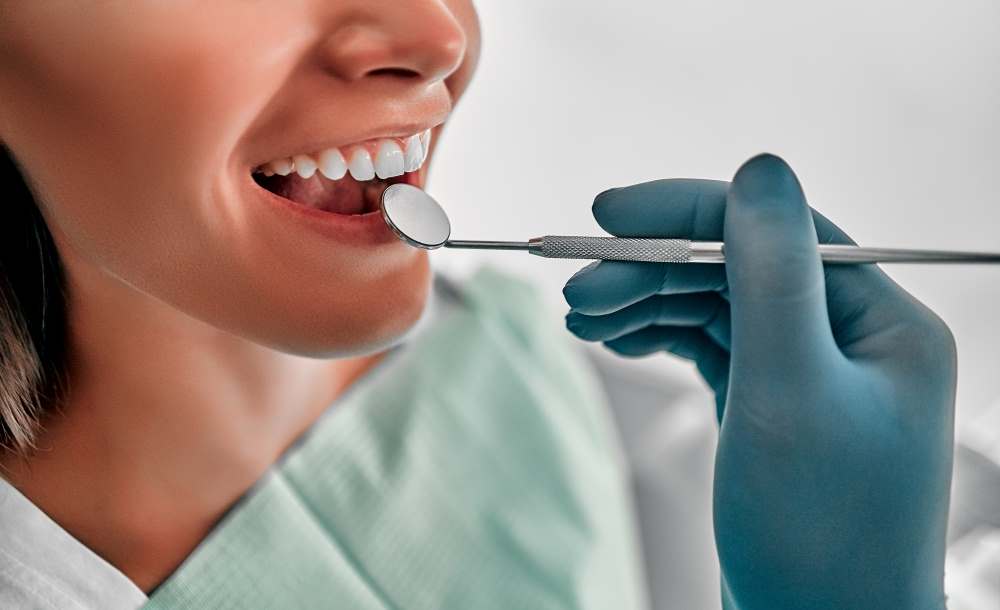A beautiful and confident smile is an invaluable asset, and minor imperfections shouldn’t hold you back from showing off your pearly whites. If you’re looking for a quick, non-invasive, and cost-effective way to improve the appearance of your teeth, dental bonding and contouring may be the perfect solution for you. At our dental practice, we offer comprehensive dental care services, including dental bonding and contouring, to help you attain the stunning smile you’ve always desired.
Dental bonding and contouring are popular cosmetic dental procedures designed to address minor tooth imperfections such as chips, gaps, stains, and misshapen teeth. Using a tooth-colored composite resin, our skilled dental professionals can skillfully reshape your teeth, dramatically improving their appearance and boosting your self-confidence. This minimally invasive treatment requires little to no tooth reduction, preserving your natural teeth and promoting quick recovery time.
We will delve into the benefits of dental bonding and contouring and outline the step-by-step procedure involved in this transformative dental treatment. By arming yourself with the knowledge needed to make an informed decision, you can embark on the path toward a more beautiful and radiant smile. Trust our dedicated dental team to be with you every step of the way as you discover the possibilities of dental bonding and contouring.
Understanding the Benefits and Procedure of Dental Bonding and Contouring
Benefits of Dental Bonding and Contouring: A Brighter, More Beautiful Smile
1. Quick and Painless: Dental bonding and contouring procedures are typically completed in just one appointment, saving you time and the hassle of multiple visits. Moreover, these treatments usually require minimal tooth reduction and no anesthesia, making them virtually pain-free.
2. Cost-Effective: Compared to more expensive treatments like veneers or crowns, dental bonding and contouring are a cost-effective way to address minor dental imperfections, making them an attractive option for those on a budget.
3. Conservation of Tooth Structure: As a minimally invasive treatment, dental bonding and contouring require little to no removal of your natural tooth structure, preserving the health and integrity of your teeth.
4. Aesthetic Improvement: Highly skilled dental professionals can artfully apply the tooth-colored composite resin to skillfully reshape your teeth and create a more aesthetically pleasing appearance.
5. Long-Lasting Results: With proper care and maintenance, dental bonding results can last for several years, making it a reliable and lasting solution for improving your smile.
Indications for Dental Bonding and Contouring: Is It the Right Choice for You?
1. Chipped or Cracked Teeth: The composite resin used in dental bonding can be skillfully applied to restore your tooth’s shape and appearance following a chip or crack.
2. Discolored Teeth: If you have a stained or discolored tooth that isn’t responding well to whitening treatments, dental bonding can effectively cover the blemish and match the color of surrounding teeth.
3. Gaps and Spaces: Dental bonding is an effective way to address small gaps between teeth, creating a more symmetrical and appealing smile.
4. Misshapen or Uneven Teeth: By skillfully applying and shaping composite resin, your dental professional can correct minor irregularities and create a smoother, more uniform appearance.
5. Tooth Decay: In some cases, dental bonding can be used as a more aesthetically pleasing alternative to traditional amalgam fillings.
The Dental Bonding and Contouring Procedure: A Step-by-Step Guide
Step 1: Consultation and Treatment Planning
Your dental journey starts with a thorough consultation with our dental professionals, who will evaluate your oral health, discuss your specific needs and goals, and determine if dental bonding and contouring is the right treatment option for you.
Step 2: Tooth Preparation
Before the dental bonding procedure, your dentist will carefully prepare your tooth by lightly roughening the surface and applying a conditioning liquid. This process ensures better adhesion of the composite resin to your tooth.
Step 3: Color Matching and Composite Resin Application
Your dentist will closely match the color of the composite resin to the shade of your natural teeth, ensuring a seamless and natural appearance. The tooth-colored composite resin will be carefully applied to the surface of your tooth in multiple, thin layers, sculpting it according to your tooth’s desired shape and size.
Step 4: Curing and Hardening
Once the composite resin has been skillfully applied and sculpted, your dentist will use a special curing light to harden the material, ensuring it bonds securely with your tooth.
Step 5: Contouring and Polishing
Following the hardening process, your dentist will trim and shape the bonded material to its final form, ensuring a smooth and natural finish. The tooth will then be polished to produce a lustrous and seamless appearance alongside your natural teeth.
Step 6: Follow-Up and Maintenance
After completing the dental bonding and contouring procedure, your dentist may schedule a follow-up appointment to ensure the bonding has remained securely in place and that you are satisfied with the results. To maintain the longevity of your dental bonding, it is essential to practice good oral hygiene, schedule regular dental checkups, and avoid habits that could damage the bonded tooth, such as chewing on hard objects or using your teeth as tools.
Additional Preventive Measures for Prolonged Durability
1. Avoid Staining Foods and Beverages: As the composite resin used in dental bonding is susceptible to staining, it is recommended to limit the consumption of staining culprits such as coffee, tea, red wine, and tobacco, or thoroughly rinse your mouth after consuming these items.
2. Wear a Mouthguard: If you play contact sports or suffer from bruxism (teeth grinding), a custom-made mouthguard can protect your bonded teeth and prevent any damage or premature wear.
Achieving Your Dream Smile with Dental Express
Dental bonding and contouring provide an effective and minimally invasive solution for addressing cosmetic dental concerns and achieving a more beautiful, confident smile. Our dedicated team at Dental Express is committed to delivering the highest quality of care and helping you attain your desired smile results.
If you’re considering dental bonding and contouring to enhance your smile, we invite you to schedule a consultation with our expert dental professionals. We will carefully evaluate your oral health and guide you toward the most suitable treatment plan for your unique needs. Don’t let minor imperfections hold you back from enjoying the vibrant, radiant smile you deserve. Take the first step towards achieving your dream smile by contacting Dental Express today.
